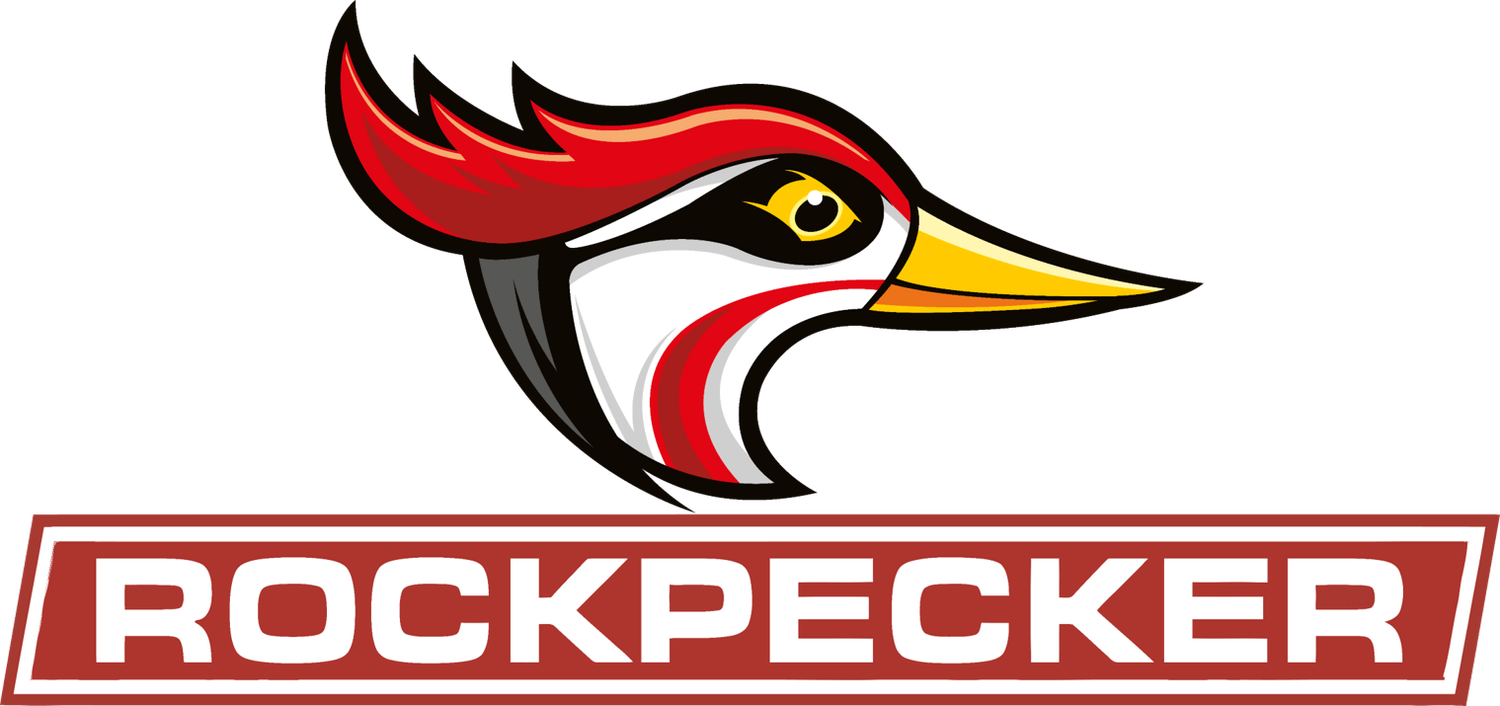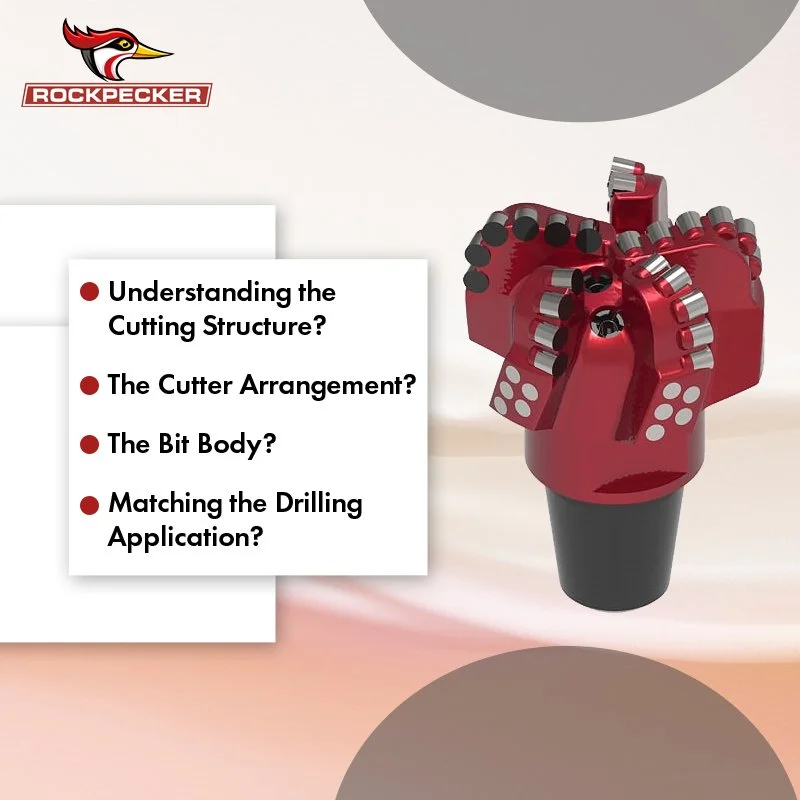Understanding the Important Elements of a PDC Bit
/Shearing is no wonder one of the most efficient ways of drilling most rock types, but for the longest time, the cutting elements were either too small or would wear down too soon. If you are still new to the concept of PDC drilling bits, you might not be aware that its focal point is the polycrystalline diamond cutters. The cutters are usually cylindrical and have a man-made, black diamond cutting face engineered to withstand extreme abrasion, impact, and heat that comes from drilling through rock.
Understanding the cutting structure
How the PDC cutters are arranged into a 3D geometry is called the bit’s cutting structure. Even though it appears to be quite simple, it is often the most complex part of a PDC bit design and is the main driver of a bit’s performance.
The cutter arrangement
For a PDC bit to function reliably, its cutting structure should remain intact at all times and that is exactly why the cutters are usually aligned into rows, allowing the cutting structure to be held together by large blades. The blades also define passageways for the drilling fluid known as junk slots.
The bit body
The blades are a part of the bit body that connects the cutting structure to the drill string. The body of a PDC bit is made of steel at the pin connection. However, it transitions to a tungsten carbide-composite material on the outer surfaces. The bit bodies can be referred to as matrix or steel depending on how they are manufactured and how much tungsten carbide is used.
Matching the drilling application
The best thing about PDC bits is that they can be designed with a nearly infinite combination of variables, and can also be customized for the unique needs of different and changing drilling applications. Today, almost 90% of the drill bits used in oil and gas drilling are PDCs.
Request a quote for Rockpecker PDC drill bits and accessories today.



